The Hemba, who reside in southeastern Zaire on the right bank of the Lualaba, have long been under the influence of the neighboring Luba empire, which has had a significant impact on their culture, religion and art. At the heart of Hemba society is ancestor worship, although the sculptures associated with it were initially attributed to the Luba. Genealogy plays a central role in securing privileges and land distribution, imbuing all aspects of the community with the authority of ancestors. The latter are seen as having an influence on justice, medicine, law and sacrificial rituals. The singiti statues were under the care of the fumu mwalo, hereditary chief, and were honored during ceremonies during which sacrifices were dedicated to them. Alongside the authority of hereditary chiefs, secret societies, such as the bukazanzi for men and the bukibilo for women, played a significant role within the clan. (Sources: “Treasures of Africa, Tervuren Museum”; “Tribal Art of Black Africa” by JB Bacquart; “Congo River” by F. Neyt; “100 people of Zaire and their sculpture” by ML Félix)
Item accompanied by its certificate of authenticity.
PS: what does the certificate of authenticity consist of? https://www.galerie-art-africain.com/faq.aspx?qid=8
PLEASE NOTE THE PRICE OF TRANSPORT INCLUDES LOSS, THEFT, BROKENAGE INSURANCE.











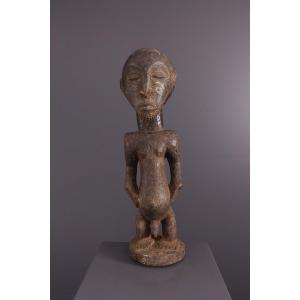
















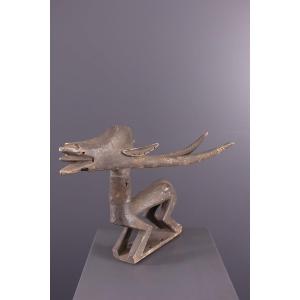
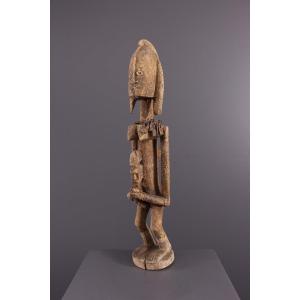


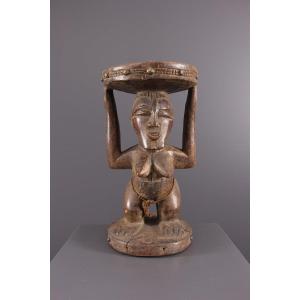
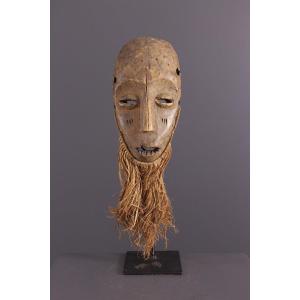


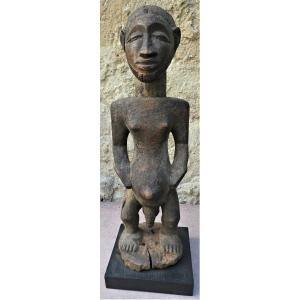
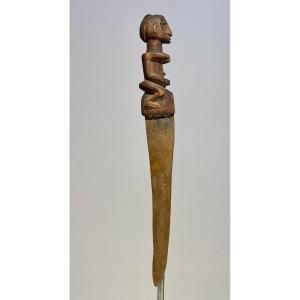


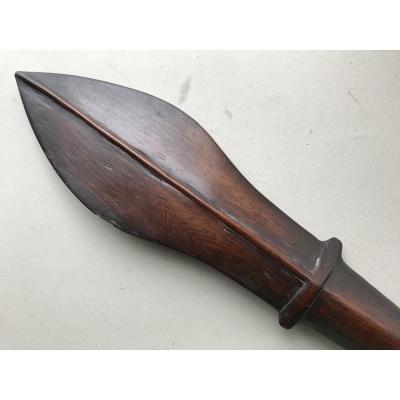



 Le Magazine de PROANTIC
Le Magazine de PROANTIC TRÉSORS Magazine
TRÉSORS Magazine Rivista Artiquariato
Rivista Artiquariato